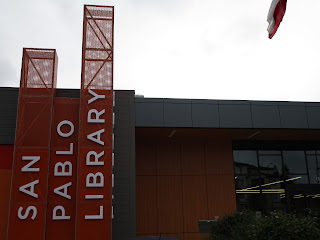What Facebook retained about me isn’t remotely as creepy as the sheer number of advertisers that have my information in their databases. I found this out when I clicked on the Ads section in my Facebook file, which loaded a history of the dozen ads I had clicked on while browsing the social network.
Lower down, there was a section titled “Advertisers with your contact info,” followed by a list of roughly 500 brands, the overwhelming majority of which I had never interacted with. Some brands sounded obscure and sketchy — one was called “Microphone Check,” which turned out to be a radio show. Other brands were more familiar, like Victoria’s Secret Pink, Good Eggs or AARP.
Facebook said unfamiliar advertisers might appear on the list because they might have obtained my contact information from elsewhere, compiled it into a list of people they wanted to target and uploaded that list into Facebook. Brands can upload their customer lists into a tool called Custom Audiences, which helps them find those same people’s Facebook profiles to serve them ads.
Brands can obtain your information in many different ways. Those include:
 |
| Tag Team |
• Buying information from a data provider like Acxiom, which has amassed one of the world’s largest commercial databases on consumers. Last month, Facebook announced that it was limiting its practice of allowing advertisers to target ads using information from third-party data brokers like Acxiom.
• Using tracking technologies like web cookies and invisible pixels that load in your web browser to collect information about your browsing activities.
 |
| Whats up?• Someone you shared information with could share it with another entity. Your credit card loyalty program, for example, could share your information with a hotel chain, and that hotel chain could serve you ads on Facebook. |









 This is an easy and effective way to keep your carved pumpkins from molding for up to seven days. The sodium hypochlorite kills microorganisms that make pumpkins rot and dries out the pumpkin. The steps for making the solution are super simple:
This is an easy and effective way to keep your carved pumpkins from molding for up to seven days. The sodium hypochlorite kills microorganisms that make pumpkins rot and dries out the pumpkin. The steps for making the solution are super simple: